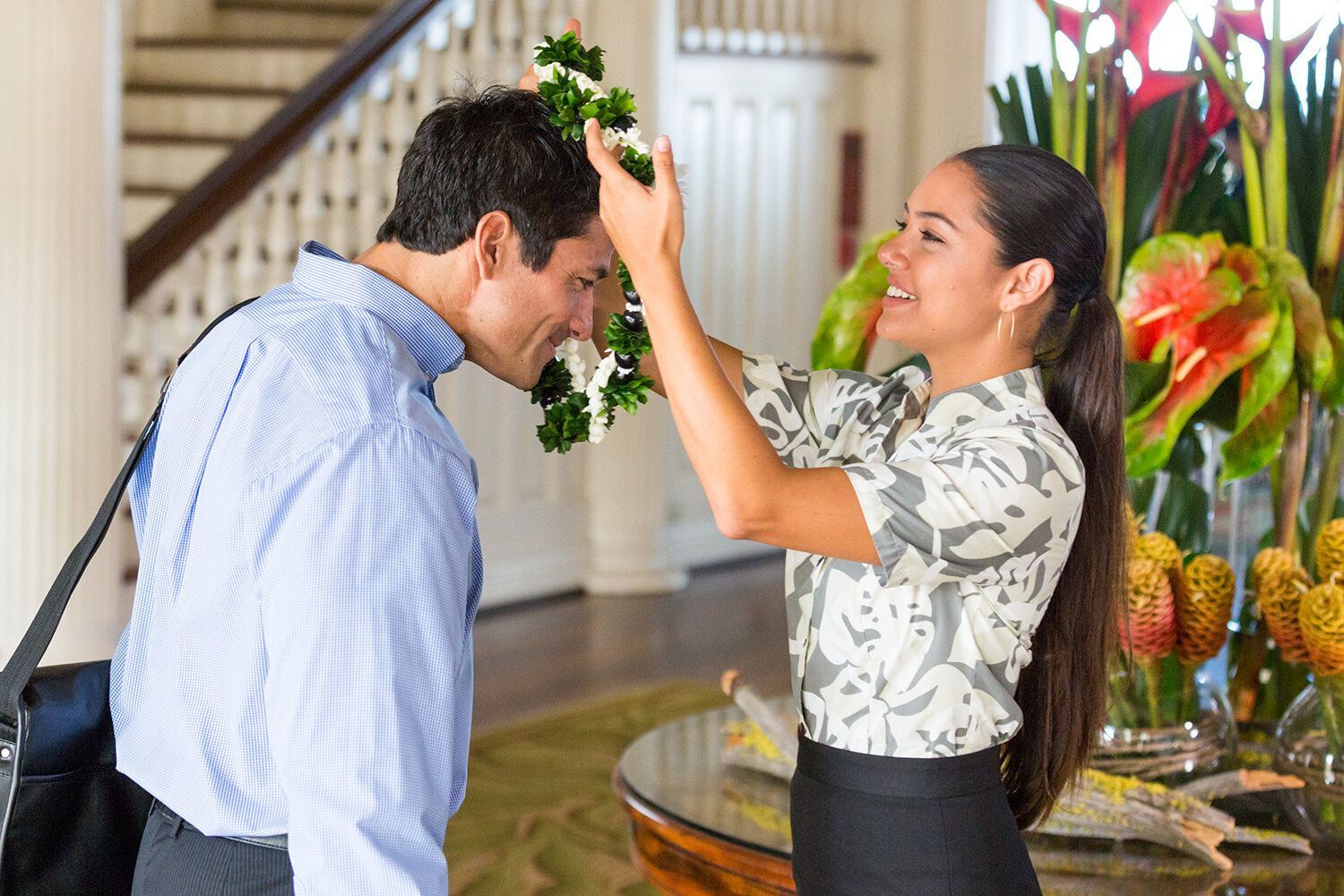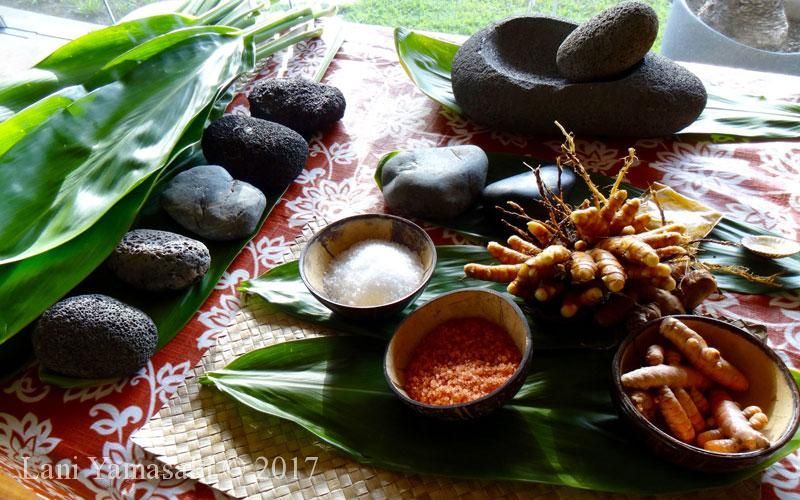Hawaiian Music and Dance: Traditional and Contemporary Expressions
Hawaii, the beautiful archipelago in the Pacific Ocean, is not just known for its stunning landscapes and pristine beaches but also for its rich cultural heritage. Hawaiian music and dance are integral parts of the island's identity, reflecting its unique history, traditions, and the aloha spirit.

Captivating World of Hawaiian Music and Dance
In this article, we will explore the captivating world of Hawaiian music and dance, delving into both its traditional roots and contemporary expressions. From legendary artists to vibrant performances, Hawaii offers a treasure trove of musical and dance experiences that continue to enthrall audiences worldwide.
Hawaiian Music: A Melodic Journey
Hawaiian music is a distinct and melodious genre that encompasses various styles, including traditional chants (mele oli), hula music (mele hula), and contemporary compositions influenced by global musical trends. Rooted in ancient chants and storytelling, the music of Hawaii celebrates its natural beauty, legends, and the spiritual connection between the land and its people.
Traditional Hawaiian Music
The traditional music of Hawaii, known as "Hawaiian chant and hula," holds a significant place in the cultural fabric of the islands. The chants, often accompanied by percussive instruments such as the pahu (drum) and ipu (gourd), were originally used to communicate genealogies, historical accounts, and legends. These chants, performed by skilled chanters known as kumu hula, possess a haunting beauty that transports listeners to ancient times.
Hawaiian music also features stringed instruments like the ukulele and slack-key guitar, both of which have become synonymous with the sound of Hawaii. The ukulele, a small four-stringed instrument, was introduced to Hawaii by Portuguese immigrants in the 19th century and quickly became an integral part of the island's musical identity. Similarly, slack-key guitar, a unique fingerpicking style characterized by open tunings and melodic improvisations, has deep roots in Hawaiian culture and adds a soothing and soulful quality to the music.
Legendary Hawaiian Music Artists
Hawaii has produced a plethora of talented musicians who have contributed significantly to the preservation and evolution of Hawaiian music. Among them, Israel Kamakawiwoʻole, affectionately known as "IZ," stands as an icon. His rendition of the song "Over the Rainbow" touched the hearts of millions and introduced Hawaiian music to a global audience. IZ's soulful voice, combined with his ukulele prowess, exemplified the spirit of Hawaii and its music.
Another prominent figure in Hawaiian music is Gabby Pahinui, often referred to as the "Father of Modern Slack-Key Guitar." Pahinui's virtuoso guitar skills and heartfelt performances helped popularize slack-key guitar and inspired a new generation of musicians. Other notable artists include Kealiʻi Reichel, a master of traditional Hawaiian chants and modern compositions, and the Brothers Cazimero, known for their harmonious vocals and captivating stage presence.
Contemporary Expressions: Blending Tradition and Innovation
While traditional Hawaiian music remains cherished and preserved, contemporary expressions have also emerged, fusing the essence of Hawaii with influences from various musical genres. Contemporary Hawaiian music often incorporates elements of reggae, pop, rock, and even jazz, creating a vibrant and dynamic sound that appeals to diverse audiences.
Hawaiian Music in Popular Culture
Hawaiian music has made its mark on popular culture, featuring in movies, television shows, and commercials worldwide. The enchanting sound of the ukulele, in particular, has become synonymous with the laid-back, tropical vibes associated with Hawaii. Numerous artists and bands have embraced Hawaiian influences, infusing their music with the spirit of the islands. These modern interpretations have helped introduce Hawaiian music to new generations and expanded its global reach.
Hawaiian Dance: A Graceful Expression
Just as Hawaiian music captivates the senses, Hawaiian dance, known as hula, weaves a tapestry of storytelling, cultural symbolism, and graceful movements. Hula is much more than just a dance; it is a form of communication, a way to connect with the land, the gods, and the ancestors. Hula performances are a visual spectacle, combining rhythmic footwork, expressive hand gestures, and lyrical movements that portray the stories and emotions conveyed by the accompanying music.
Traditional Hula
Traditional hula can be categorized into two distinct styles: hula kahiko (ancient hula) and hula ʻauana (modern hula). Hula kahiko reflects the ancient traditions of Hawaii and is often accompanied by chants and traditional instruments. Dancers adorned with intricate costumes and lei (garlands) perform powerful movements that embody the spirits of the gods, nature, and historical figures. Hula ʻauana, on the other hand, emerged during the 19th century and features a more relaxed style, often accompanied by contemporary music and instruments. It is a fusion of the old and the new, allowing for creative interpretations and artistic expressions.
Destination Dance Hawaii
Hawaii is not only a destination for sun-seeking tourists but also for dancers and enthusiasts from around the world. The islands offer a vibrant dance scene, with workshops, festivals, and cultural events that celebrate the art of hula and other traditional and contemporary dance forms. Destination Dance Hawaii provides an immersive experience, allowing visitors to learn from renowned hula masters, witness captivating performances, and soak in the rich cultural heritage of the islands.
Conclusion
Hawaiian music and dance are cultural treasures that have been passed down through generations, embodying the spirit and soul of the islands. From ancient chants to contemporary compositions, traditional hula to modern interpretations, Hawaii's music and dance continue to inspire and enchant audiences worldwide. Whether you find yourself swaying to the melodious tunes or captivated by the graceful movements, experiencing the magic of Hawaiian music and dance is an invitation to immerse yourself in the aloha spirit and embrace the cultural richness of the islands. So, let the music play and the hula tell its stories, as Hawaii beckons you to embark on a journey of melodic and rhythmic bliss.
















